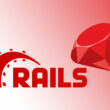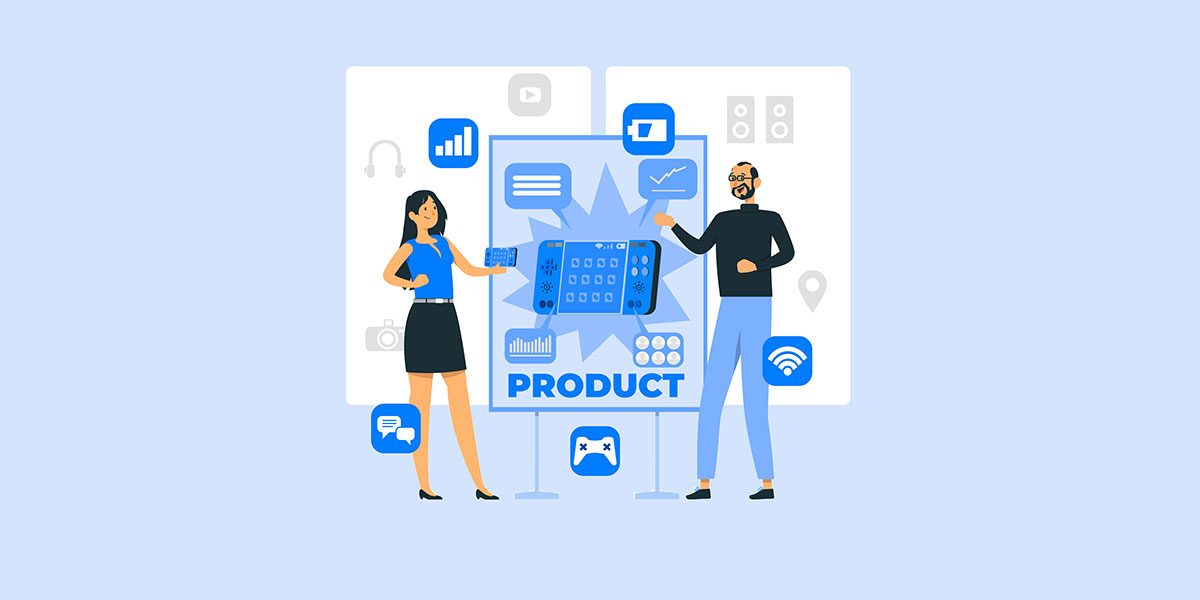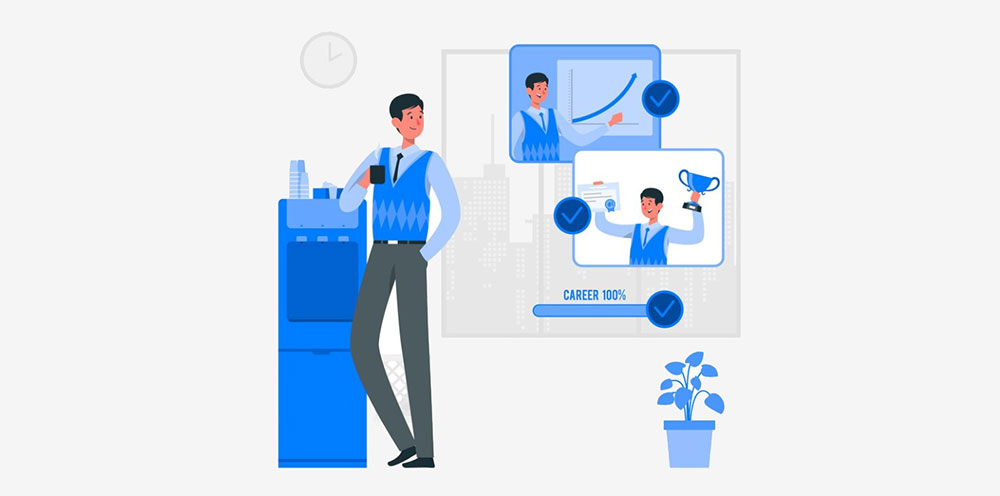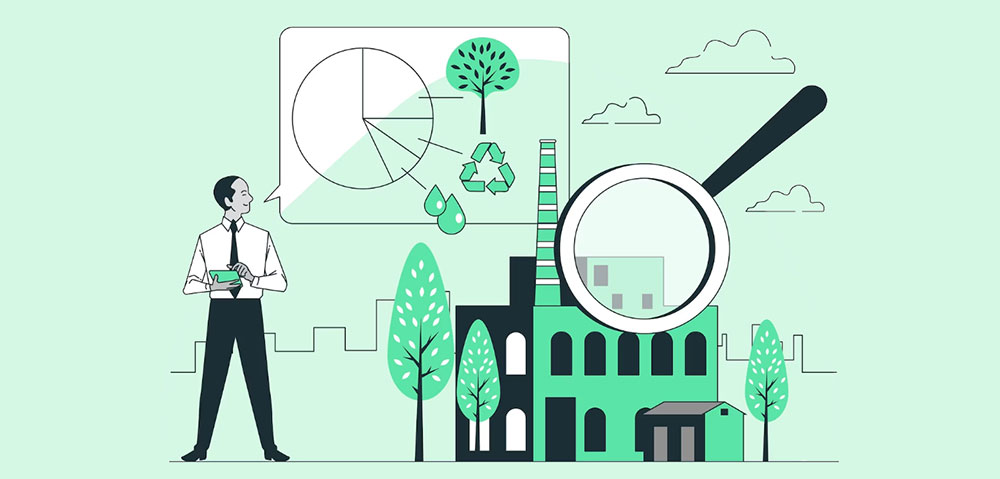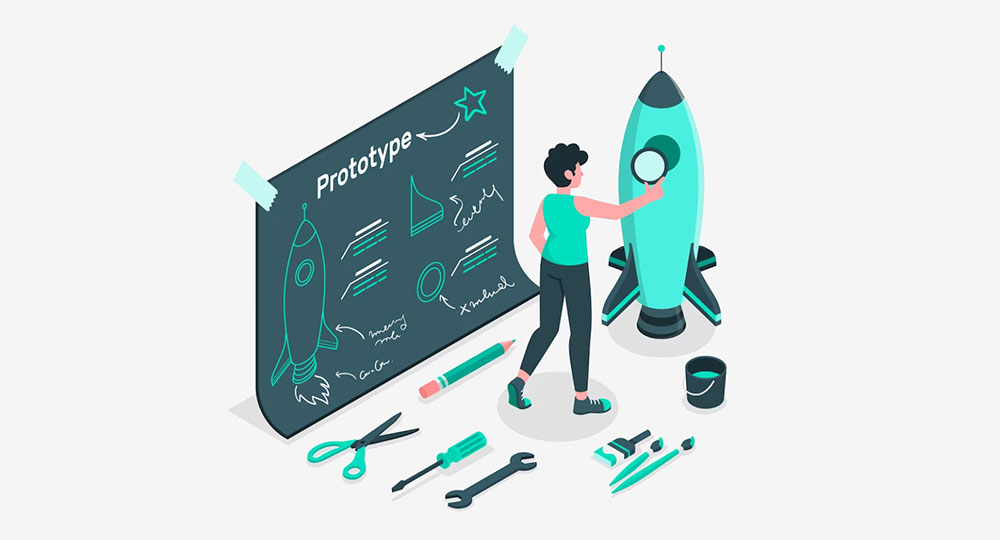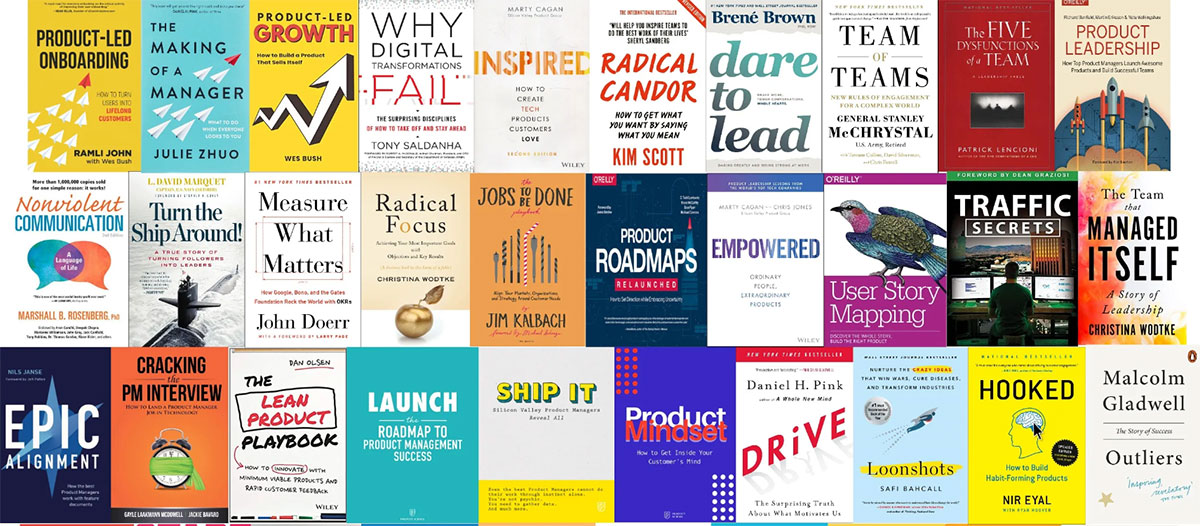Ever wondered what does a Chief Product Officer do?
Simply put, a Chief Product Officer (CPO) is a beacon guiding the product ship in the stormy seas of market competition.
They hold the compass that points to the North Star of customer needs and business goals.
The digital age, with its explosive growth in technology, has turned this role from being a mere flicker on the corporate stage to a glowing spotlight.
The Role of a Chief Product Officer
The CPO’s Many Hats
So, let’s peel back the layers of this executive role. What are the key responsibilities of a CPO? In a nutshell, a CPO acts as a maestro orchestrating a symphony of strategy, product development, and digital transformation.
Strategic Role in the Organization
As a CPO, you’re not just a player in the game. You’re the coach, devising game plans and strategies. You need to see the entire field, envisioning how every move could influence the outcome.
Product Innovation and Development
You’re also the head chef in the product kitchen. You need to whip up tantalizing offerings that meet the tastes of discerning customers. You also need to stay ahead of the culinary curve, introducing unique flavors before anyone else in the market.
Driving Digital Transformation
And in the digital age, being a CPO means you’re also the tech wizard, conjuring digital transformation spells. You guide your company through the labyrinth of digitalization, ensuring every step leads to more efficiency and better user experience.
The Skills Required for a Chief Product Officer

Leadership Skills
Imagine you’re the captain of a ship. You’ve got a motley crew from different departments, all with their own skills and quirks. You need to command respect, inspire trust, and steer everyone in the right direction. Developing strong leadership skills requires setting a clear vision, motivating and empowering team members, and embracing initiative.
Strategic Product Vision
You also need to be a visionary. You need to see the hidden gems in the product market, the untapped needs, the unexplored niches. You need to visualize the product that’ll make customers go “wow”.
Sensitivity to Customers and Users
You need a sixth sense for customers, an intuitive understanding of what they want and need. You need to empathize with their problems, anticipate their desires, and meet them with your products.
Data and Analytics Skills
And you must be a data detective. You need to sift through heaps of analytics, find patterns, and uncover insights that can steer your product strategy.
Cross-functional Team Management
Finally, being a CPO means being a great team player and manager. You need to bring together diverse teams, harmonize their efforts, and orchestrate a symphony of successful product development.
The Difference Between a CPO, CTO, and Other C-Level Roles
CPO vs. CTO
When it comes to distinguishing between a CPO and a Chief Technology Officer (CTO), think of it like this: The CPO dreams up the dishes on the menu, and the CTO ensures the kitchen is equipped to cook them.
CPO vs. CMO
Now, comparing a CPO and a Chief Marketing Officer (CMO) is like looking at a painter and a gallery owner. The CPO paints the product picture, while the CMO presents it in the best light to the public.
Unique Position of a CPO
In essence, the CPO is like a chameleon, a unique creature in the corporate jungle.
They adapt, they blend, they lead, and most importantly, they bridge gaps between different roles, creating harmony in the business ecosystem.
The Impact of a CPO on a Company
Driving Business Growth
A CPO is like a powerful engine, driving business growth. They pump high-octane fuel into the company vehicle by developing captivating products and steering them to market success.
Contributing to Company’s Success
By shaping product strategy, innovating, and leading digital transformation, a CPO directly contributes to a company’s success.
They’re the invisible hand that shapes the product, and therefore, the company’s future.
Beneficial Case Studies
Consider the impact of the CPO in companies like Apple, Google, or Amazon. Their influence is profound, shaping not just their respective companies but entire market landscapes.
When Does a Company Need a Chief Product Officer?
In Startups and Small Companies
Even in a small startup, a CPO can be the secret sauce that gives a competitive edge. They can craft a product strategy that propels the startup into the limelight.
In Medium to Large Enterprises
In larger companies, a CPO is like the maestro of a large orchestra. They ensure every instrument plays its part, leading to a harmonious symphony of product success.
Product Scaling and Expansion
When a company is ready to scale or expand its product line, that’s when a CPO really shines. They strategize, plan, and oversee the scaling or expansion, ensuring smooth sailing.
How to Become a Chief Product Officer
The Path to Becoming a CPO
The journey to become a CPO is like climbing a mountain. You start in product management or a similar role, and gradually ascend, gaining experience and skills.
Education and Professional Background
A successful CPO typically has a rich blend of education and professional experience. This might include a business or technical degree, coupled with years of experience in various roles, from product management to executive leadership.
Essential Competencies and Personal Qualities
It’s not just about the resume, though. Personal qualities matter too. A successful CPO often embodies qualities like curiosity, adaptability, leadership, and a customer-centric mindset.
The Future of the Chief Product Officer Role
Trends and Predictions
The future for a CPO? Think more integration, more innovation, more impact. As companies strive to stay competitive, the CPO’s role is likely to become even more crucial.
Evolving Responsibilities
And with changing times, come changing responsibilities. Expect the CPO role to adapt and evolve, taking on new dimensions as technology and market dynamics shift.
FAQs about chief product officers
1. What is the role of a chief product officer (CPO) and what are their responsibilities?
A company’s product management and development departments are under the control of the chief product officer (CPO).
Their primary duty is to develop and carry out the product strategy to guarantee the commercial success of the company’s products.
To make sure that the product is produced in accordance with the company’s goals, vision, and target audience, they collaborate closely with a number of departments, including marketing, engineering, and sales.
2. What qualifications and experience are necessary for a CPO role?
Depending on the organization and the industry, different qualifications and experience are needed for a CPO position.
A CPO typically requires a background in product management, a thorough understanding of the market, and exceptional leadership abilities.
Together with a track record of successfully launching and overseeing goods in the market, they also need to have experience managing and directing cross-functional teams.
3. How does a CPO collaborate with other departments, such as marketing, engineering, and sales?
A CPO works in tandem with other departments, such as marketing, engineering, and sales, by making sure they share the same vision and strategy for the product.
To comprehend the target market and guarantee that the product messaging is consistent, they collaborate closely with the marketing team.
They collaborate with the engineering team to make sure the product is created in accordance with the objectives and requirements of the business. In order to comprehend market demand and make sure the product satisfies client expectations, they also collaborate with the sales staff.
4. How does a CPO measure the success of a product and determine when to pivot or discontinue a product?
By examining key performance indicators (KPIs) including revenue, user engagement, and customer happiness, a CPO can assess a product’s success.
To assess the effectiveness of the product, they also consult market analysis and consumer reviews. The CPO may change the product strategy or discontinue the product entirely if the product is underperforming or not meeting client needs.
5. What are some of the biggest challenges that a CPO faces in their role?
Balancing short-term and long-term product goals, managing competing priorities, remaining current on trends and breakthroughs, and establishing an innovative culture inside their organization are some of the biggest issues a CPO encounters in their work.
6. How does a CPO balance short-term and long-term product goals and priorities?
A CPO develops a roadmap that is in line with the company’s overall strategy to balance short- and long-term product goals and priorities.
They give priority to elements that are important for the product’s immediate success while also taking the product’s potential for long-term growth into account. They also regularly assess the product strategy to make sure it is in line with the broader objectives and goals of the business.
7. What are some of the most important skills that a CPO should possess, and how can they develop them?
A CPO should have great leadership, strategic thinking, analytical abilities, and excellent communication skills, among other qualities. By taking part in mentoring programs, attending training sessions, and getting input from their coworkers and team members, they can enhance these talents.
8. How does a CPO stay up-to-date with the latest trends and innovations in their industry?
By attending industry conferences, joining industry associations, reading industry journals, and networking with other business experts, a CPO keeps abreast of the most recent trends and advancements in their field. To make sure that their product strategy remains relevant, they also regularly evaluate market changes and client input.
9. How can a CPO foster a culture of innovation within their organization?
By promoting experimentation, fostering an atmosphere that encourages cooperation and creativity, and recognizing and rewarding innovation, a CPO can develop an innovation culture inside their firm.
They can also set up procedures and practices that stimulate feedback and idea exchange and support a culture of lifelong learning. They can also establish cross-functional teams that unite personnel from many departments and encourage them to cooperate in pursuit of a single objective.
10. How does a CPO work with their CEO and other executives to develop and implement a company’s overall strategy?
A CPO makes sure that the product strategy is in line with the company’s objectives and vision while collaborating with the CEO and other executives to design and implement the overall strategy of the business.
In addition to working with the CEO to convey the product vision to the rest of the firm, they consult with other executives to make sure that the product roadmap is in line with the business’s broader strategy. They also offer suggestions and direction on how to allocate resources so as to accomplish the strategic goals of the organization.
Conclusion on what a CPO does
So, back to our main question: what does a Chief Product Officer do?
In essence, a CPO plays a vital role in shaping a company’s product landscape. They’re the strategic visionary, the customer advocate, the team leader, and the digital maestro. T
hey’re not just shaping products; they’re shaping the future of the company. And in an ever-evolving business world, the role of a CPO is more important than ever.
If you enjoyed reading this article on what a Chief Product Officer does, you should check out this one about product manager salary.
We also wrote about a few related subjects like product manager skills, product launch checklist, product owner vs product manager, product management with Monday.com, best product management books, product manager interview questions, product manager skills and product manager vs project manager.
- Reasons Why You Need a Reliable Host for Your Website - April 26, 2024
- Animate Your Ideas With Creative Apps Like FlipaClip - April 25, 2024
- Ruby’s Realm: What is Ruby Used For? - April 25, 2024



